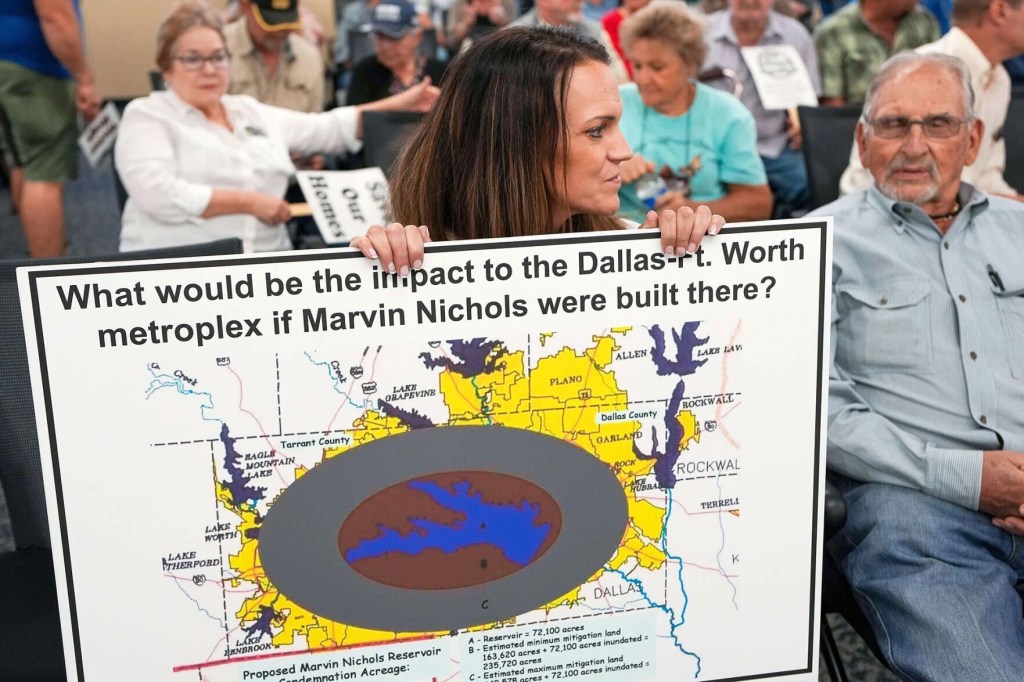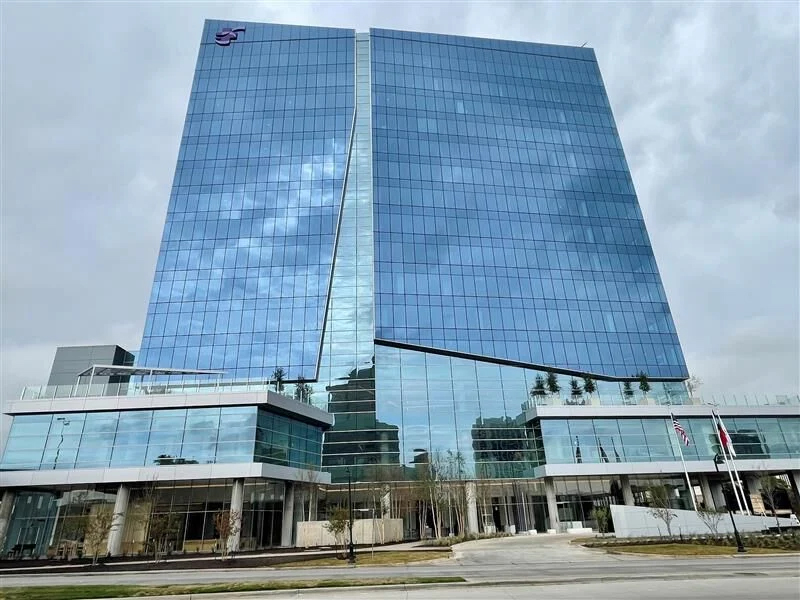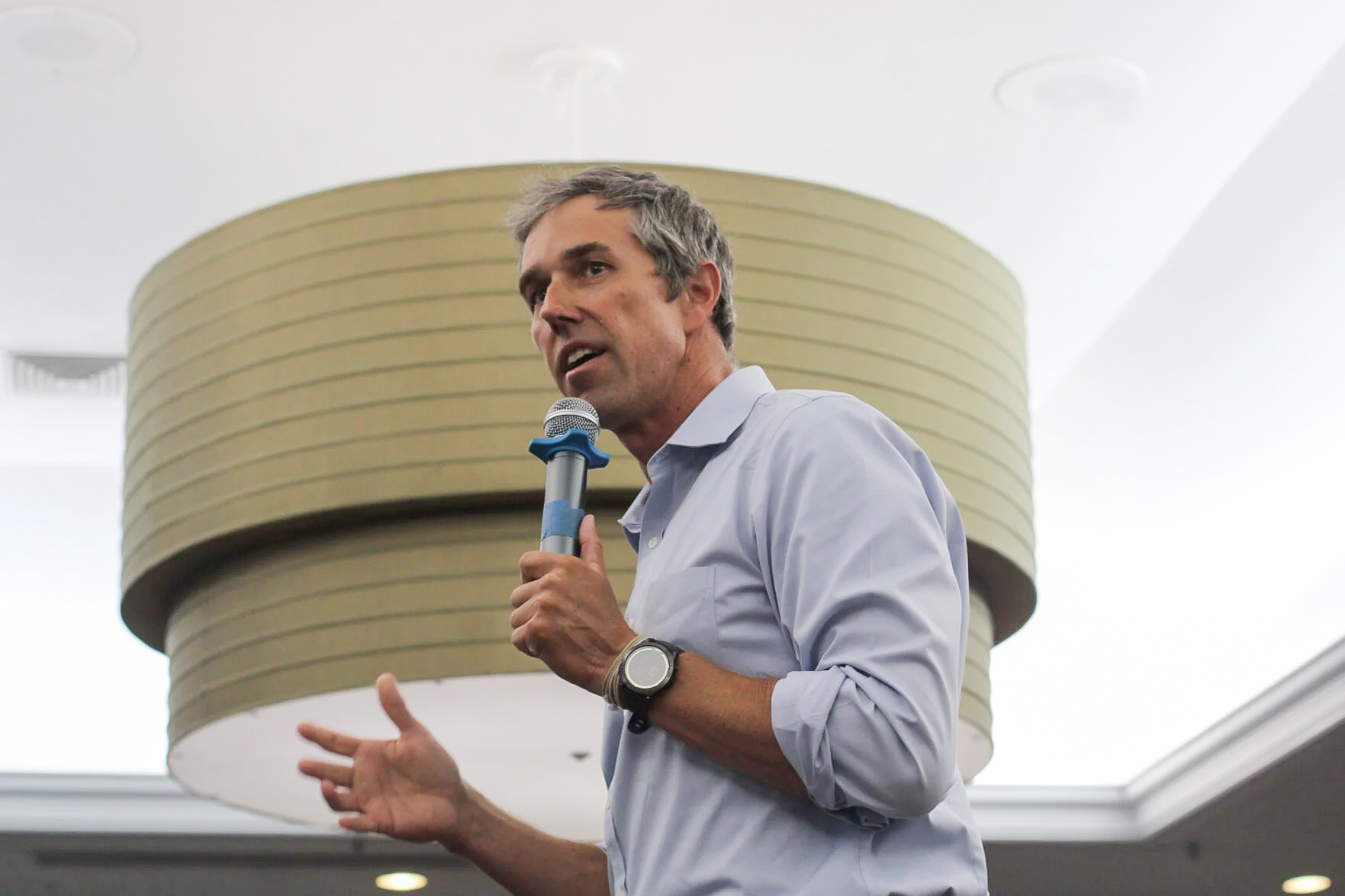Texas water board orders mediation in Marvin Nichols conflict
Published 11:50 pm Friday, June 27, 2025

- Brooke Ward holds a poster with an image of what the footprint of the proposed Marvin Nichols Reservoir would look like if centered over Dallas-Fort Worth during a meeting in October of the North East Texas Regional Water Planning Group D in Pittsburg. (Smiley N. Pool/The Dallas Morning News/TNS)
DALLAS — The Texas Water Development Board voted Thursday to declare the proposed Marvin Nichols Reservoir an interregional conflict, sending local planners to mediation to attempt to find a solution.
The $7 billion, 66,000-acre man-made lake has become a flashpoint between locals and public officials ― and a symbol of what happens when the economic development needs of a booming region collide with longstanding community norms. Expected to be built in northeast Texas, the reservoir will pump water more than 100 miles to Dallas-Fort Worth and surrounding areas.
It has been included in the state water project in some form since 1968. North Texas water planners, who oversee Region C, have included the reservoir in its plans since 2001.
Residents and planners in Region D, who reside in the area along the Sulphur River Basin where the reservoir would be constructed in portions of Franklin, Red River and Titus counties, have vehemently opposed the project for decades. They say the lake has the potential to create substantial adverse effects on the region.
The governor-appointed board, which includes chairman L’Oreal Stepney and director Tonya Miller, called for representatives to enter the mediation “in good faith” to resolve the intragroup impasse.
At Thursday’s meeting in Austin, Bryan McMath, executive administrator of the Texas Water Development Board, said he believed the regional groups would “benefit greatly” from facilitated mediation and recommended a conflict be declared.
The mediation must occur by July 31, McMath said.
If the regional leaders can’t agree on a solution, the board will make a final decision on how to resolve the conflict. The board’s decision, informed by public comment and input from McMath, would be final and cannot be appealed.
Representatives from each regional group were given 10 minutes a piece to speak during the meeting.
Both sides reiterated sentiments shared repeatedly in recent meetings, and over the last two decades.
Jim Thompson, Region D chairman, said their group has more public participation in their meetings than any other water planning groups in the state.
He credits that to the proposed reservoir, saying a meeting earlier this year drew a crowd of more than 400 people.
‘Real impacts, real individuals’
“How much of a bottom-up process is it if the most people affected by the project, most damaged by the project and have the most to lose on the project have absolutely no say if it goes in a regional or state water plan or not?” Thompson asked.
“The words that come up are, ‘Do unto others as you would have them do unto yourself,’” Thompson said later in his speech. “I don’t think that’s the case here.”
Rachel Ickert, chief engineering officer for the Tarrant Regional Water District, read remarks prepared by Region C chairman Dan Buhman, who was unable to attend the meeting in person.
Buhman wrote that the planners recognize “there are real impacts to real individuals.”
“Every recommended water supply strategy has real impacts, both positive and negative,” he wrote. “As water suppliers we compare multiple criteria for dozens of strategies and select those with the highest net benefit to include in the state water plan.”
Buhman’s main arguments against a conflict being declared were the belief that such action would “turn a planning process into a regulatory process,” that the dispute involves state water, not regional water, and that some are looking at the project’s “adverse effects in a vacuum.”
“We are all obligated to the people we serve to select strategies that have the highest net benefit,” he wrote. “Region C believes the Marvin Nichols Reservoir meets this test and should stay in the state water plan.”
About a dozen people spoke during the public comment section, providing a mix of pleas that included halting the project altogether, to protecting generational land. Municipal water leaders argue fast-growing areas need every option possible for new water supplies.
An estimated 370 public comments were also submitted to the water board ahead of the meeting. More than 360 of the comments opposed the reservoir and seven were in support of it.
This is the third interregional conflict the board has considered since water planning began, all of which have pitted Regions C and D against each other. The first was in 2011 and the second was in 2016. Water plans are revised every five years.






